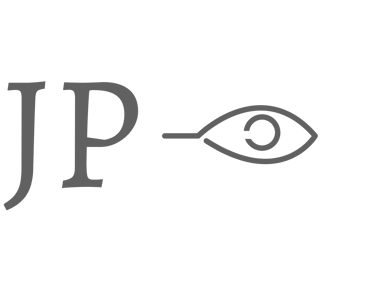Self-diagnosis in the Digital Era
Self-diagnosis is particularly prevalent in the realm of mental health, presumably due to its metaphysical nature. According to Rutter et. al. (2023), “Self-reported diagnoses correspond well with symptom severity on a continuum and can be trusted as clinical indicators, especially in common internalizing disorders such as depression and generalized anxiety disorder”, which are among the most common self-diagnoses. However, while the allure of self-diagnosing mental health disorders is evident in superficial convenience, it is fueled by the widespread yet, not always accurate, perception that diagnoses serve as insight and provide individuals with a sense of control. Further, a self-diagnosis of generalized anxiety or depressive features is radically different from one of Attention Deficit Hyperactivity Disorder (ADHD) or Autism Spectrum Disorder (ASD).
The latter two tend to be featured in the more common instances of self-diagnosis today, largely propagated by misinformation or oversimplification of indicators shared on easily accessible social media platforms such as Instagram, Facebook, or TikTok. These digital spaces often present mental health conditions in a reductionist manner, promoting self-diagnosis through catchy phrases and generalized symptomology. This can lead individuals to seek a quick label for their experiences without fully understanding the complexities of a disorder—what appears empowering at first glance may carry inherent risks. Jaramillo (2023) argues that “self-diagnosis may lead [patients] to overlook or misunderstand important aspects of the mental health experience”, which in turn leads to the formation of inaccurate treatment plans and prognoses, exacerbates symptoms of hypochondriasis, and can even lead patients to self-medicate.
Patients who suspect that they suffer from a mental health disorder are implored to recognize the limitations of self-diagnosis and the importance of seeking professional guidance. This involves discerning consummation of information and adopting a more critical lens toward non-reputable online sources. In the age of technology, the answer that is most accessible is seldom the most truthful, and may instead lead to an internet-driven condition researchers have facetiously coined “cyberchondria” (Abu-Khait et. al., 2022). The American Psychological Association (APA), Substance Abuse and Mental Health Services Administration (SAMHSA), and the Diagnostic and Statistical Manual of Mental Disorders 5th Edition (DSM-V) are among the leading academic sources available to the public. Shahsavar & Choudhury (2023) are proponents of cross-referencing sources to mitigate the risks associated with self-diagnosis, warning specifically against the use of AI chatbots—such as ever-popularizing ChatGPT—for self-diagnosis until “their potential integration with other digital health interventions [is investigated] to optimize patient care and outcomes”. Consulting a trained and licensed professional is the most reliable method to making informed decisions about mental health. If you suspect that you or someone you love is suffering from a mental health condition, please reach out by phone or email.
References:
Abu-Khait A, Mrayyan MT, Al-Rjoub S, Rababa M, Al-Rawashdeh S. (2022). Cyberchondria, Anxiety Sensitivity, Hypochondria, and Internet Addiction: Implications for Mental Health Professionals. Current Psychology. 2022 Oct 13:1-12. doi: 10.1007/s12144-022-03815-3. Epub ahead of print. PMID: 36254213; PMCID: PMC9556280.
Jaramillo, J. A. (2023, April 10). Down The Rabbit Hole of Self-Diagnosis in Mental Health. University of Colorado Denver | Anschutz Medical Campus.
Rutter, L.A.; Howard, J.; Lakhan, P.; Valdez, D.; Bollen, J.; Lorenzo-Luaces, L. (2023). "I Haven't Been Diagnosed, but I Should Be"-Insight Into Self-diagnoses of Common Mental Health Disorders: Cross-sectional Study. JMIR Formative Research. 2023 Jan 13;7:e39206. doi: 10.2196/39206. PMID: 36637885; PMCID: PMC9883736.
Shahsavar, Y. & Choudhury, A. (2023). User Intentions to Use ChatGPT for Self-Diagnosis and Health-Related Purposes: Cross-sectional Survey Study. JMIR Human Factors. 2023 May 17;10:e47564. doi: 10.2196/47564. PMID: 37195756; PMCID: PMC10233444.
